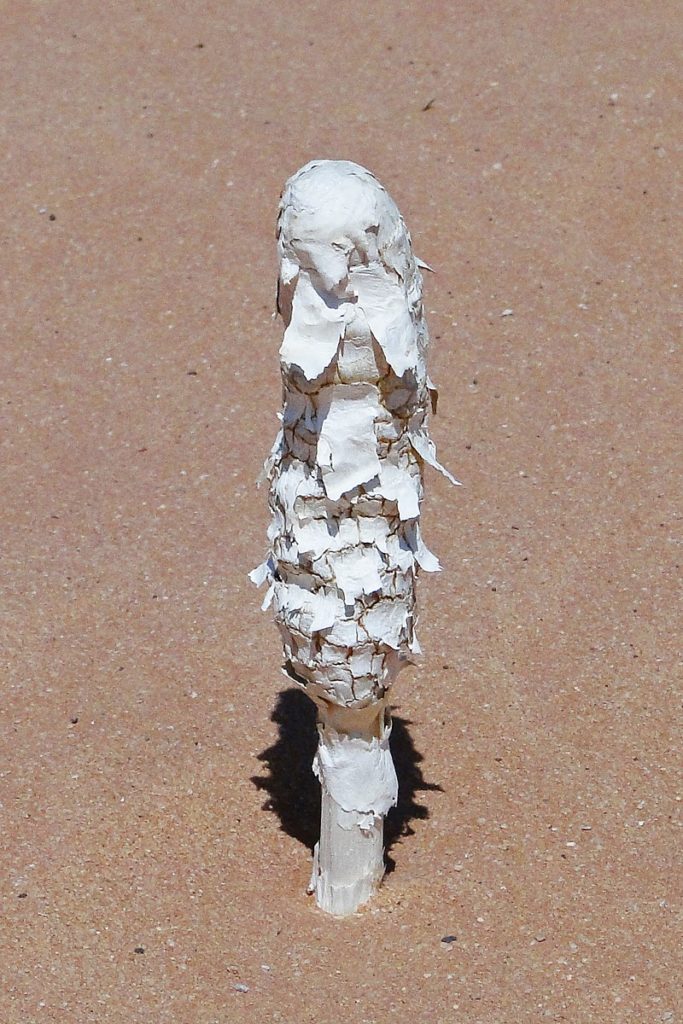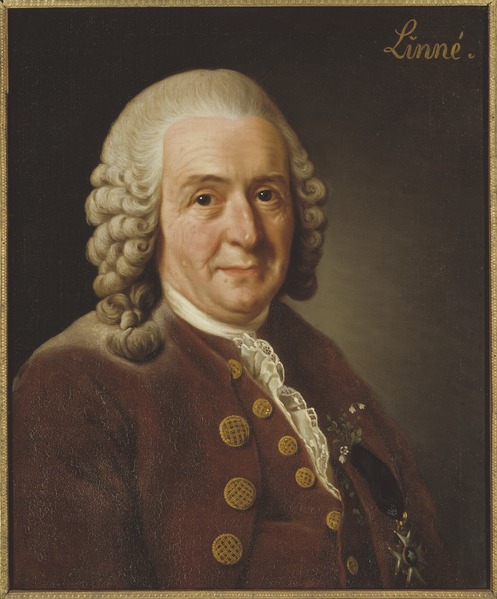It should come as no surprise to dedicated readers of The Psilocybe Philosophy that fungi can survive in some of the harshest, most brutal environments—including, researchers believe, radiation in space.
That’s why researchers at the United States Naval Research Laboratory are preparing to send fungi specimens into space and around the moon in NASA’s Orion capsule, as we covered in our recent article These Mushroom Technologies Aren’t Science Fiction. If us humans can learn how fungi manages to be so biologically resilient, despite seemingly all odds being against it in harsh environments, we might be able to learn how to better survive in such spaces too.
It seems that progress has been made to that end by researchers at the University of Copenhagen, who recently managed to successfully grow mushrooms from 250 year old specimens.
Now that’s an old batch of spores.
Let’s learn what happened and why one of the most important historical figures of science would probably be pretty astonished at how it all played out:
A New Lease on Life: Researchers Successfully Germinate 250 Year Old Spores

Podaxis pistillaris, or the desert coprinus mushroom, was perhaps the perfect candidate for these researchers Frankenstein-esque efforts—describing this fungi as hardy would be hardly enough, if you’ll pardon the pun. It thrives in hostile, biologically lonely wastelands like the deserts of the western United States and Mexico.
As such, it’s no wonder that the desert coprinus has developed a variety of defenses against both the environment and potential threats from other living creatures, few though they may be where it calls home.
They may have adapted to compete for scarce resources in arid environments, and their spores evolved to protect the biological material inside from all kinds of environmental stressors.
Benjamin Conlon, Genome reduction and relaxed selection is associated with the transition to symbiosis in the basidiomycete genus Podaxis
Despite the fascinating nature of this resilient fungi, few scientists have actually studied Podaxis pistillaris. One of the reasons is that it’s particularly difficult to find; one has to not only travel to an arid, inhospitable location, they have to actually spot one of the things in the wild.
That’s why Benjamin Conlon and his team at the University of Copenhagen decided to attempt sourcing samples from a typically-overlooked location: museums. They requested and received over 200 specimens from around the world, including from museums like the Natural History Museum of Denmark and the Linnaean Society of London. The samples varied in age from a scant 2 years old to a venerable 250.
The researchers were able to successfully germinate spores from the 250 year old sample and grow mature desert coprinus mushrooms with them. That in and of itself is impressive, but what really makes this achievement amazing is who originally found the specimens the spores were sourced from two and a half centuries ago.
What Would Carl Linnaeus, The Father of Modern Taxonomy, Think of This Remarkable Achievement?

Carl Linnaeus was a Swedish scientist in the 1700s. He is most well known for his work formalizing binomial nomenclature, the system still used today to name all living organisms (for example, people are Homo sapiens). For this reason, he is often referred to by scientists as the “father of modern taxonomy”.
He also happens to be the gentleman who originally found the very same Podaxis pistillaris specimens which were used to source the spores used by the researchers mentioned above. How amazing is that?!
One cannot help but wonder what Linnaeus would think of scientists studying and “resurrecting” his specimens 250 years after he originally found them.
It was really incredible to have these fungi growing in our lab, which we knew had been handled by a scientist as important as Linnaeus, who founded the system of naming species. It allowed us to perform experiments and produce genomes of a quality that would have been impossible with dried specimens.
Benjamin Conlon, via EurekAlert!
Museums May Be Both a Glimpse Into the Past AND The Future Thanks to This Work
Thanks to the ingenuity of the researchers at the University of Copenhagen who decided to source their fungi specimens from museums—something not often done—there has been something of a realization in the scientific community: museums may house countless specimens of modern relevance, including hard-to-find or even extinct varieties.
What else could be discovered or even brought back to life? The possibilities don’t end with fungi, although knowing how steadfastly these extremophiles hang on to life, even across the centuries, it does seem likely that we may see more “ancient” spores greeting us in contemporary times.
…And even though we’re pretty sure this is how Jurassic Park started, it’s still a very fascinating proposal indeed.
We Promise Our Exotic Mushroom Spores Aren’t 250 Years Old – They’re Fresh, Contaminant-Free, and Always Viable
As much of a delight as it would be to have the opportunity to study 250 year old mushroom spores like the eminent scholars we’ve discussed today, we suspect most microscopists and amateur mycologists reading The Psilocybe Philosophy would prefer slightly newer specimens.
Here at Quality Spores, you’ll find a wide selection of fresh, viable, and never-contaminated exotic mushroom spores.
Want to get notified about more interesting blog posts like this one AND have access to exclusive, subscriber-only discounts and coupons that we DON’T publish publicly on the website? Make sure you sign up for the Quality Spores weekly newsletter below, and you’ll even get a free copy of our eBook, Amateur Microscopy: Mushrooms, and YOU:
